Journey Mapping Methods: Results from a Study on Place of Delivery
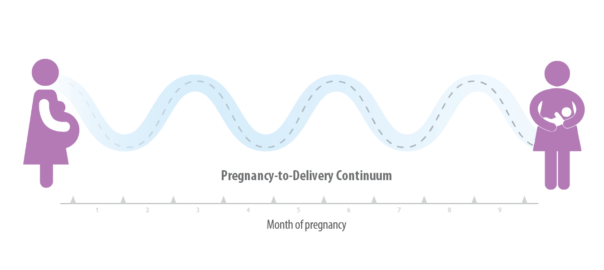
Data from the World Health Organization (WHO) estimate that, globally, 289,000 women of reproductive age die of maternal causes each year. Over 80% of these deaths are due to complications during childbirth and the postpartum period. Skilled birth attendance at health facilities equipped to handle complications is crucial for ensuring maternal survival. While Kenya has made progress in improving maternal health services in the last decade, data from the 2014 Kenya Demographic and Health Survey show that less than two-thirds of births are delivered in a health facility.
The DHS Program recently published a study on place of delivery and shared the results with county stakeholders and USAID project implementers at dissemination events in Kisumu, Turkana, Nakuru, and Nairobi counties. One aim of the study was to explore the “why” questions that sometimes are left unanswered with indicator estimates and other quantitative analysis; specifically: Why do women in Kenya deliver at home, even in instances when health facilities appear to be available?
Click photos to enlarge.
Exploring this research question included the use of journey mapping methods. In particular, the data collection tools were designed with the aim of mapping the journey for Kenyan women from the time when they learn they are pregnant to when and where they give birth.
A journey mapping approach recognizes that often a journey does not follow a straight line; instead, a journey—from pregnancy to delivery in this case—includes many economic, familial, and sociocultural factors that must be navigated along the way. In addition, the focus on mapping journeys works to uncover the story related to a woman’s delivery experience.
Data from the study suggest that place of delivery is not as simple as grouping women into the dichotomy of those who choose to deliver in a health facility and those who choose to deliver outside a health facility. Numerous factors influence place of delivery, and women do not necessarily always choose the place of delivery. The study’s conclusions recognize that contextual factors and decision making pertaining to place of delivery are complex. The pregnancy-to-delivery continuum follows an ever-shifting terrain influenced by myriad individual and collective beliefs, perceptions, tensions, and experiences.
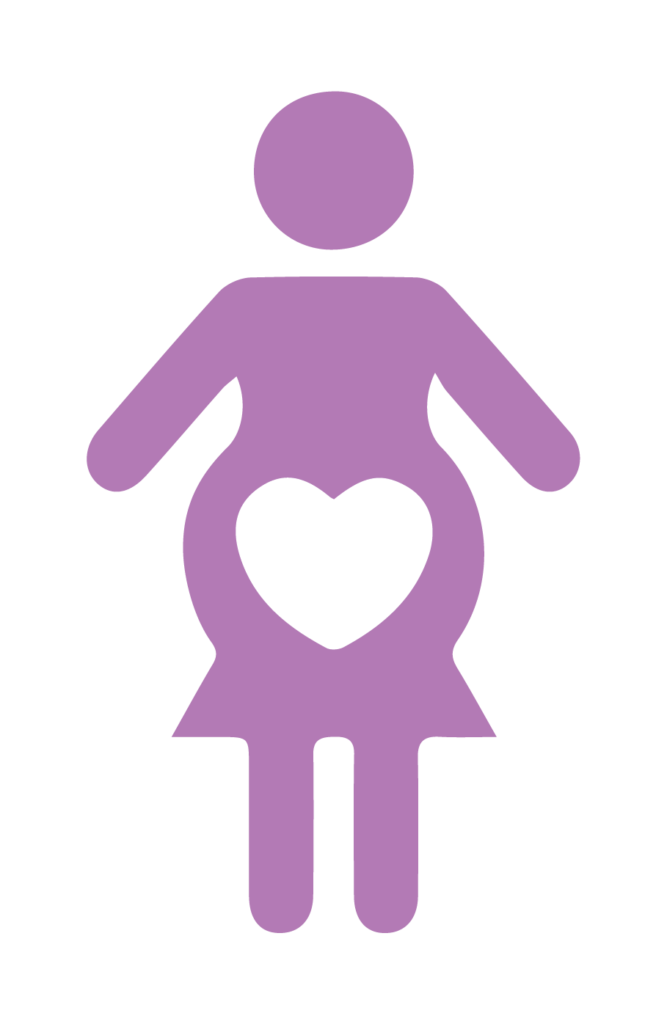
Key Conclusions: Understanding the Nuances of a Women’s Journey along the Pregnancy-to-Delivery Continuum
- Decision making occurs over time
- Limited options for services to address fears and insecurities
- Gendered views regarding male partner involvement in health care
- Geographic and transportation challenges
- Free maternity care is not always free
- Expectation of support and respectful maternal care not always met
- Prominence of and preferences for traditional birth attendant (TBA)
- Challenges negotiating decisions and power dynamics in a marriage or partnership
- Hesitancy of health facilities to accommodate for traditional practice
- Potential reliance on financial support from male partners
The conclusions from this study represent a platform to galvanize momentum and facilitate a commitment to take positive steps forward. Past and present strategies and programs put into operation by USAID/Kenya, the Government of Kenya, and their partners have made substantial progress in improving the uptake of optimal maternal and child health practices. Research studies such as this one—and the use of journey mapping methods—can make a valuable contribution to knowledge about both the context in which women experience pregnancy and delivery and the specific challenges they face along the pregnancy-to-delivery continuum.
Download the full study, “Place of Delivery: Perceptions, Tensions, and Experiences. Results from a Study in Baringo, Kisumu, Migori, Samburu, and Turkana Counties, Kenya” on The DHS Program website.
Photo gallery captions (left to right):
- Participants at the Kisumu County dissemination and data use workshop, August 1, 2019. © ICF
- Participants at the Turkana County dissemination and data use workshop, August 5, 2019. © ICF
- Participants at the Nakuru County dissemination and data use workshop, July 29, 2019. © ICF
- Participants at the Nairobi dissemination and data use workshop, July 17, 2019. The group included Nairobi-based stakeholders as well as key stakeholders who traveled to Nairobi from Baringo, Kisumu, Migori, Nakuru, Samburu, and Turkana counties. © ICF


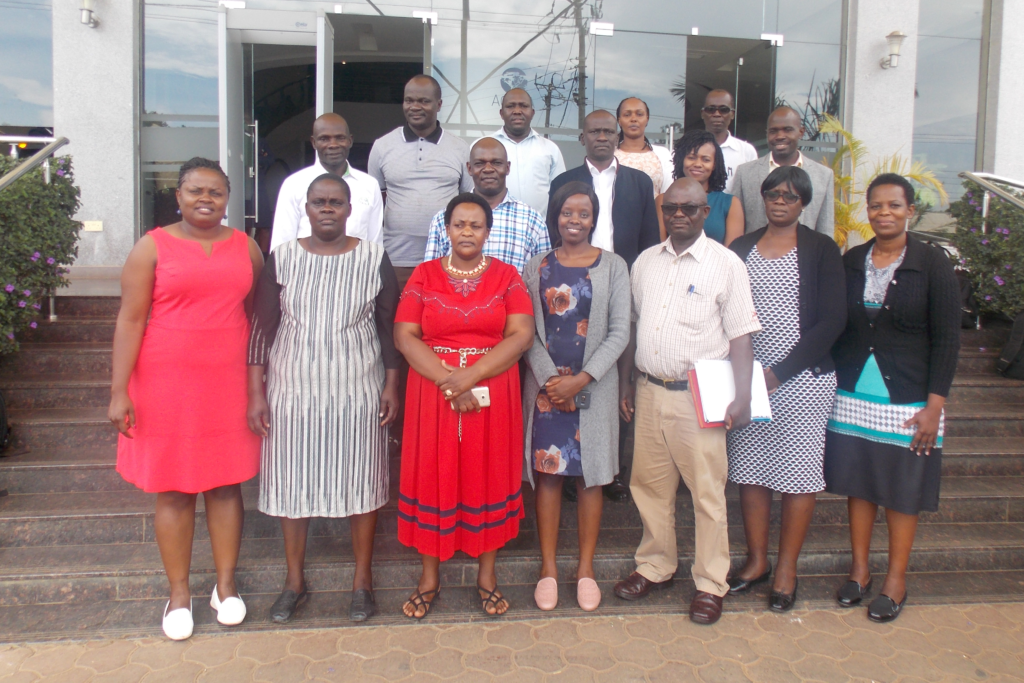
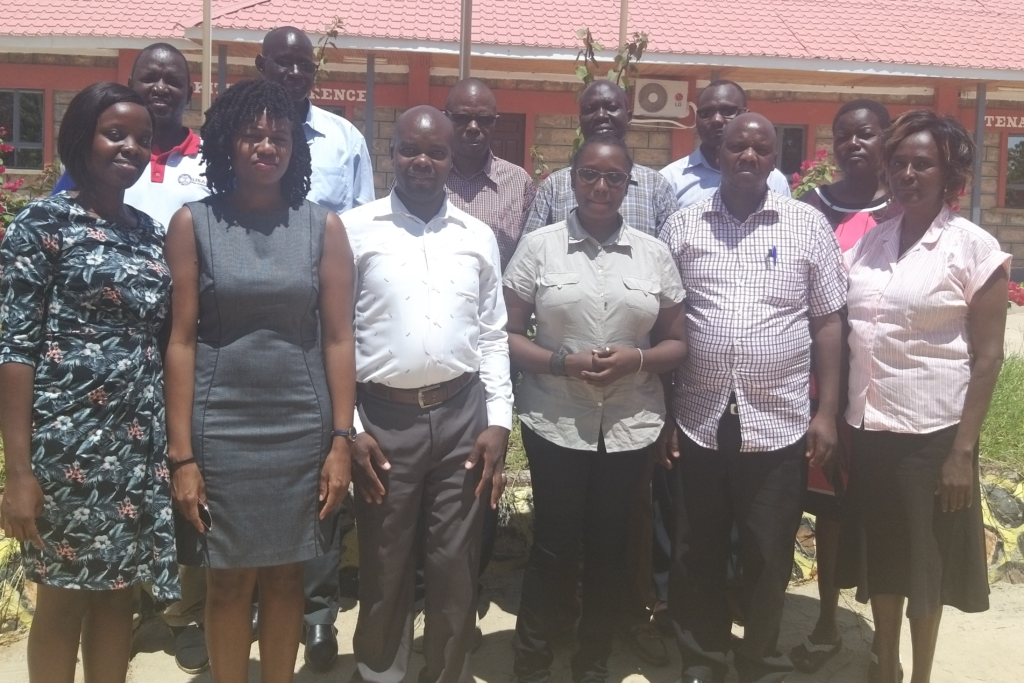
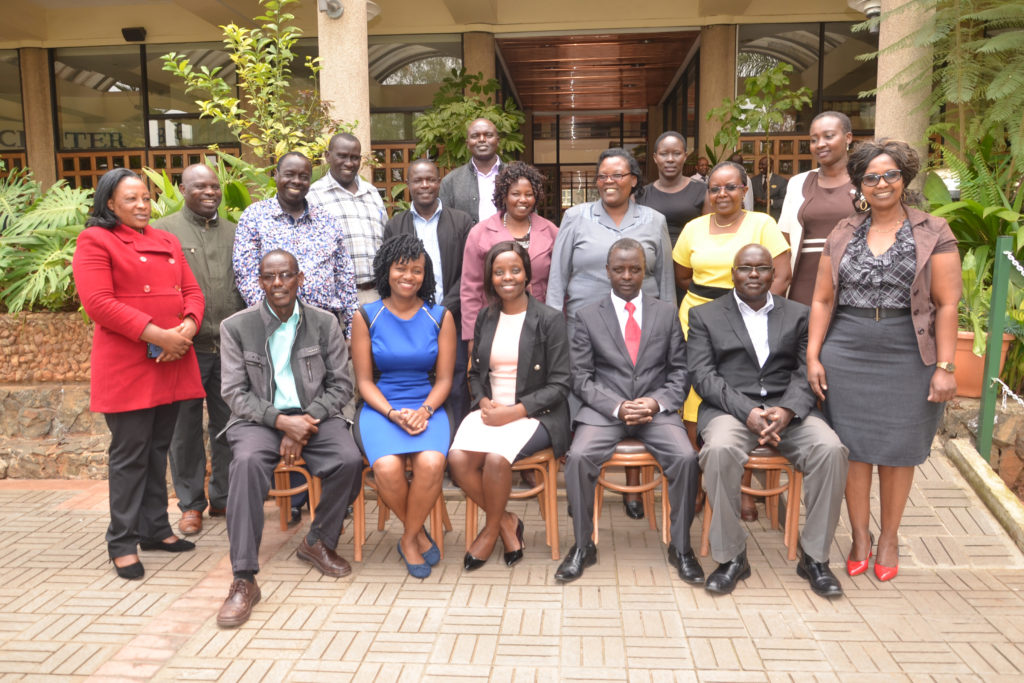
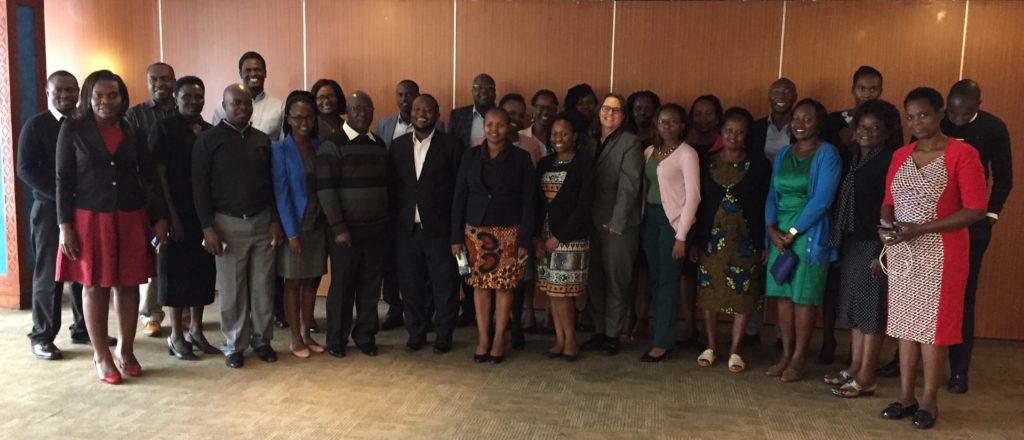


Great efforts